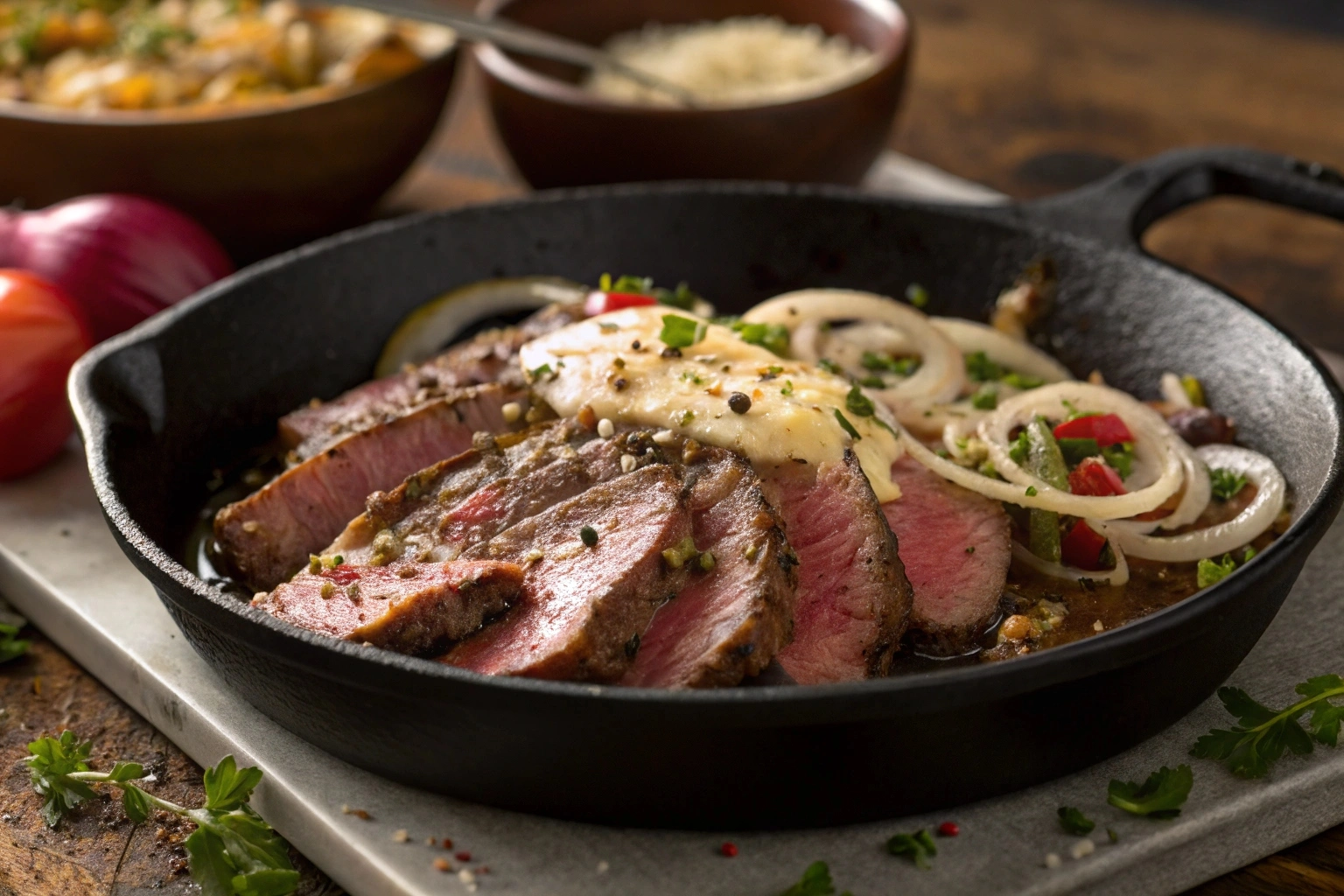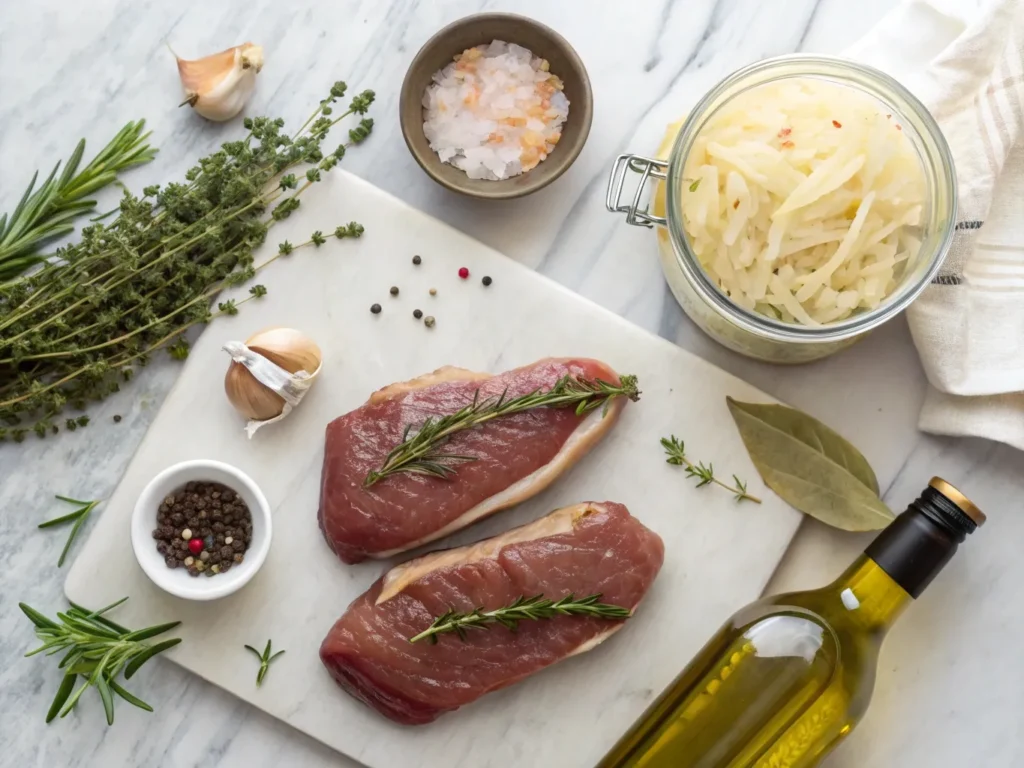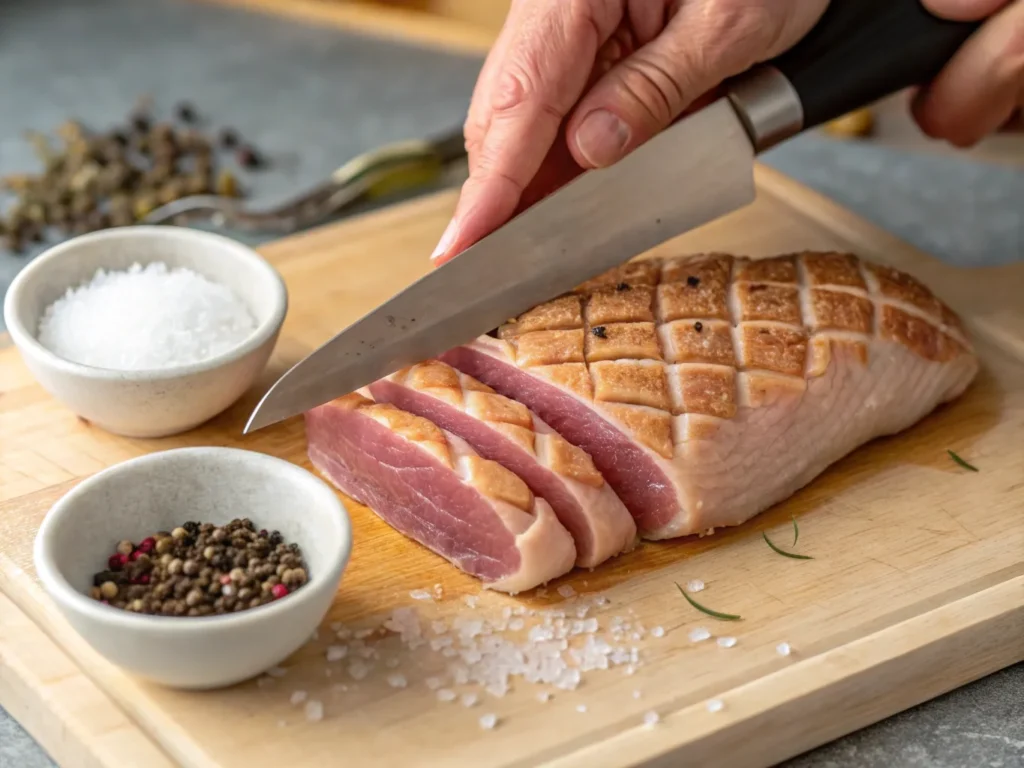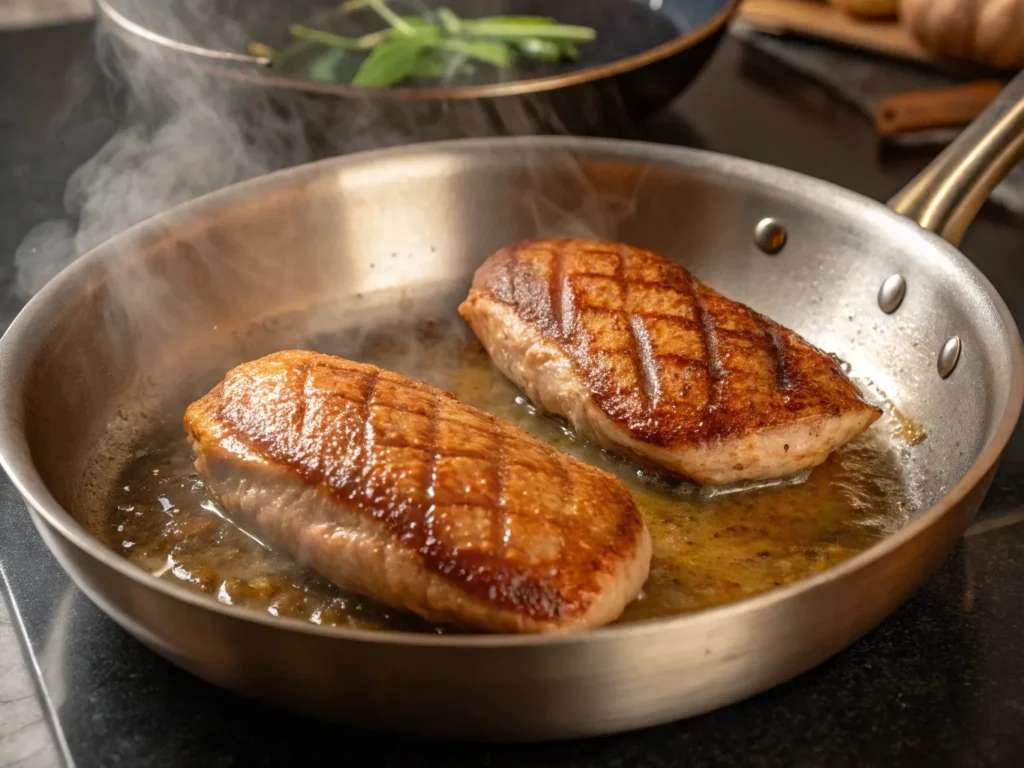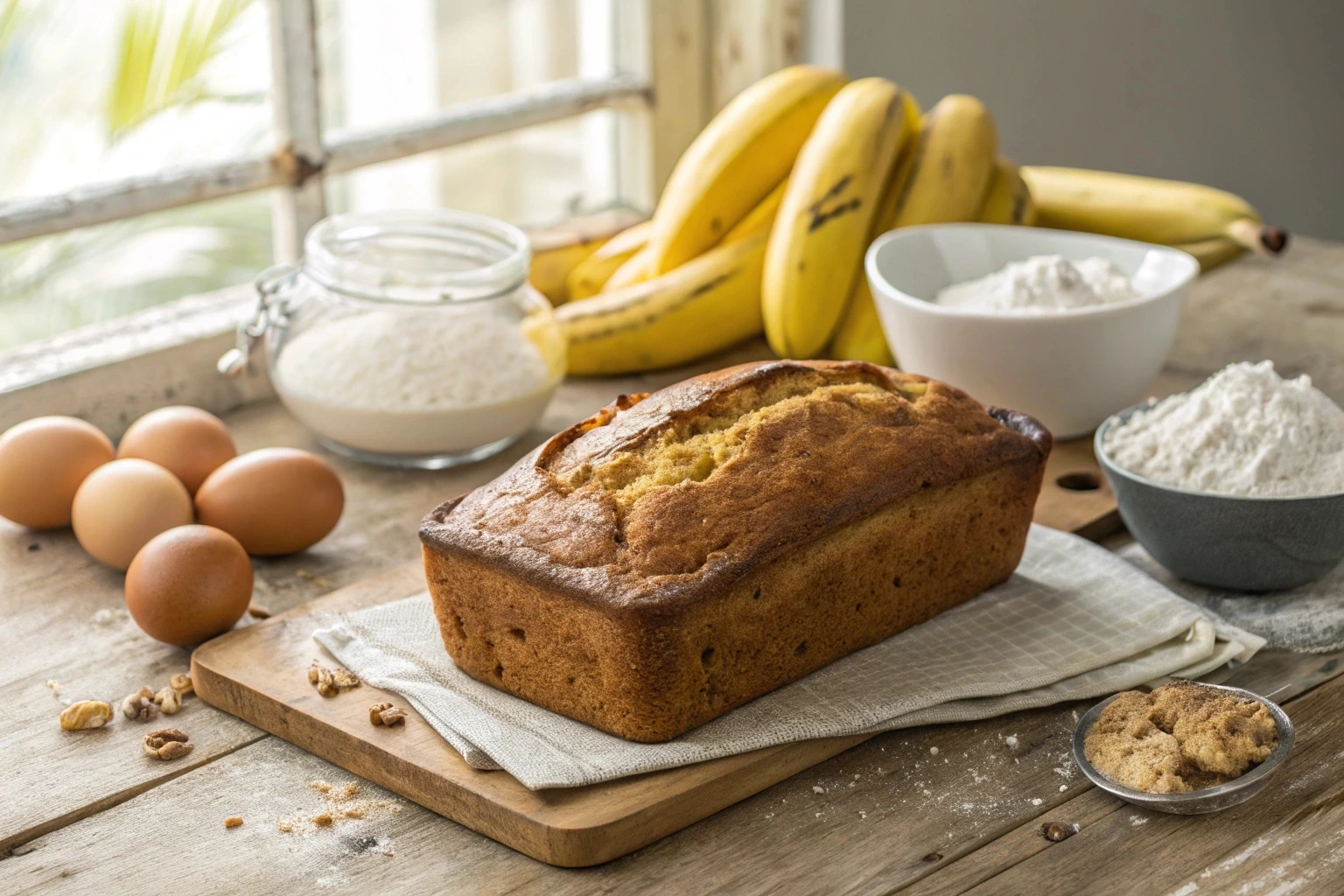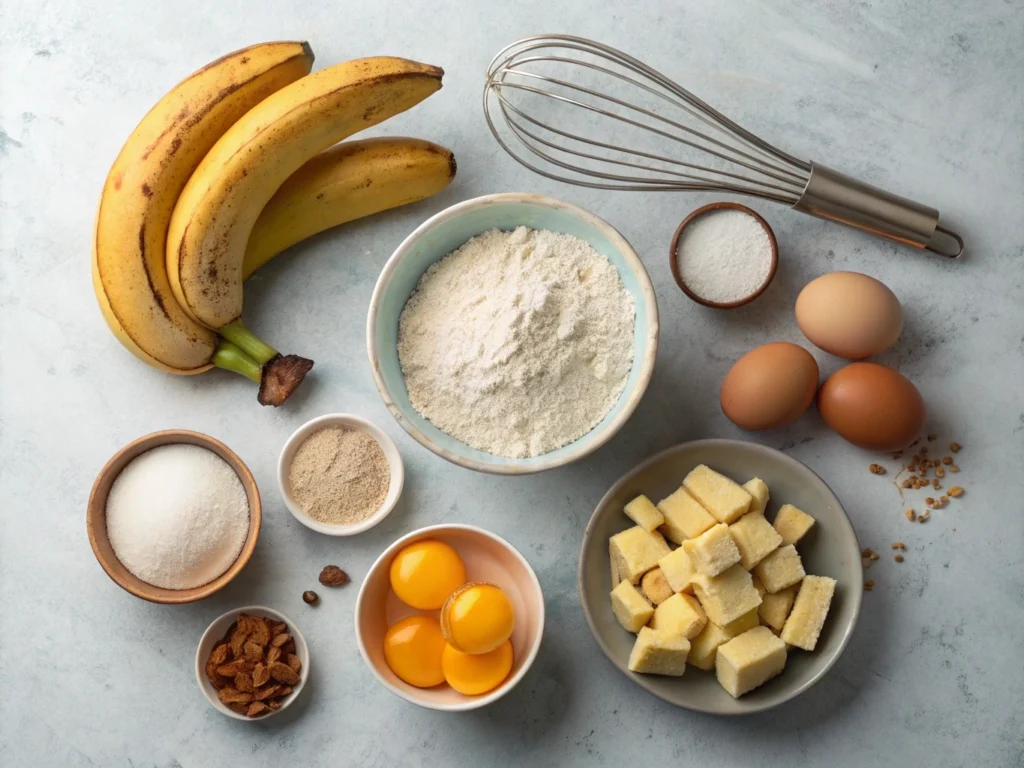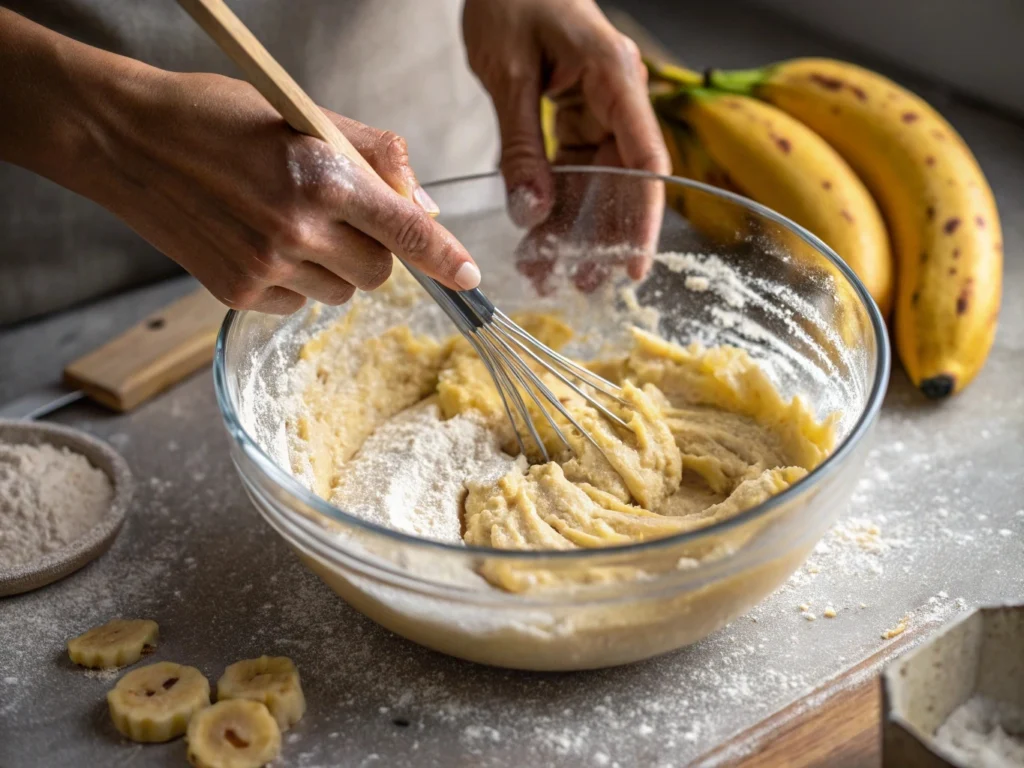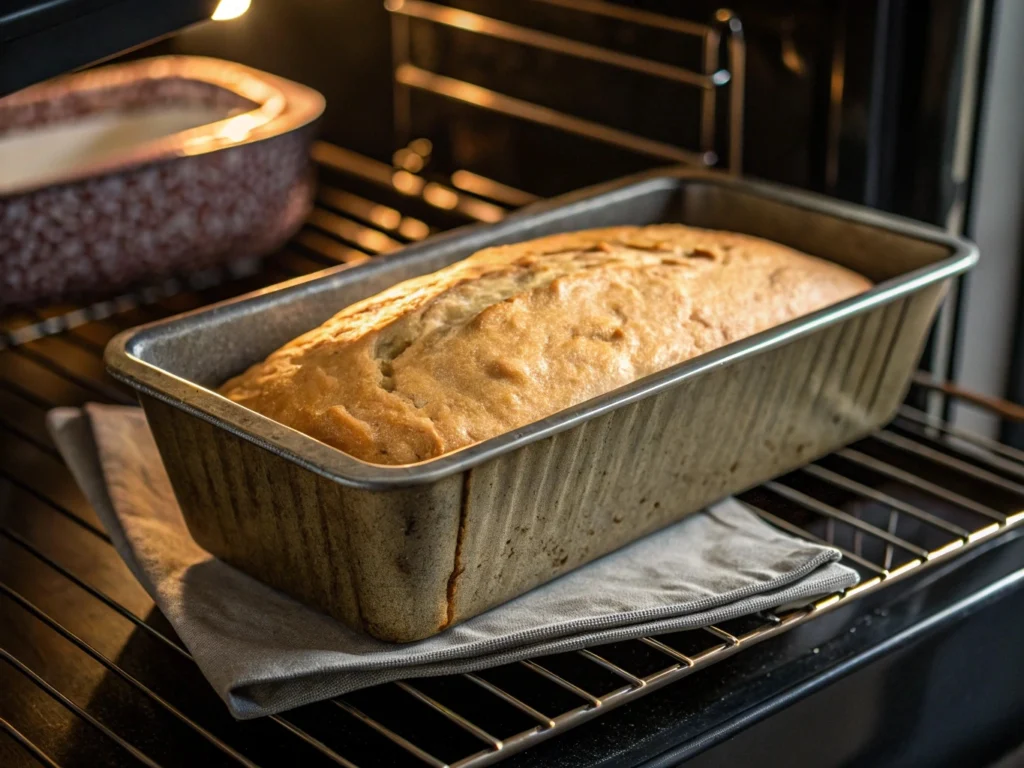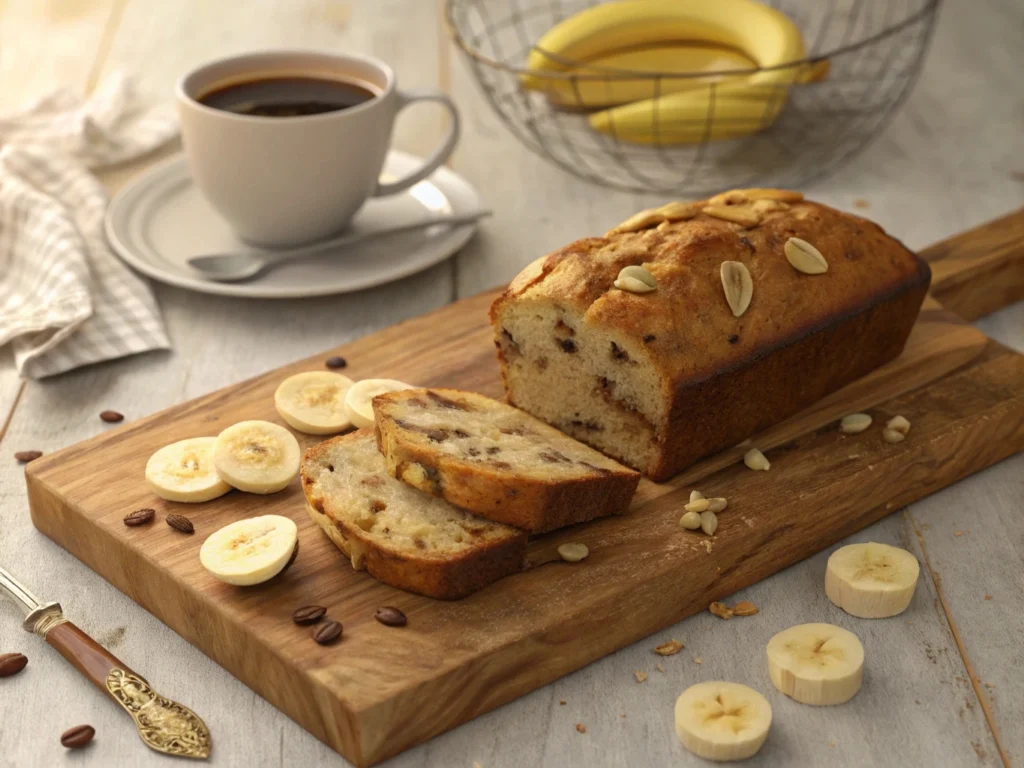Are you craving the rich, savory flavor of a classic Philly cheesesteak but live far from the city of brotherly love? If so, you are not alone. Many people across the country yearn for that perfect balance of steak, cheese, and aromatic spices. Therefore, creating your own Philly cheesesteak seasoning at home can be a wonderful way to capture that taste without booking a plane ticket. Personally, I remember the first time I bit into a Philly cheesesteak while visiting Philadelphia. The sizzling meat, gooey cheese, and perfectly seasoned onions left a lasting impression on my taste buds. However, finding a reliable seasoning blend outside of the region seemed tricky, so I decided to make my own.
In this guide, we will explore a homemade Philly cheesesteak seasoning recipe that brings bold flavor right to your kitchen. In addition, we will discuss how proper seasoning transforms the sandwich into a memorable meal rather than just a pile of meat and cheese. Thus, the real secret lies in the perfect blend of fragrant herbs, heat from pepper, and other everyday spices that amplify all the elements of a Philly cheesesteak.
By the end of this article, you will have a clear road map to creating your own seasoning, plus plenty of tips to customize it to your liking. Moreover, you will learn various ways to use it for not only cheesesteaks but also veggies, soups, snacks, and so much more. Ultimately, the goal here is simple: empower you to create a homemade seasoning that tastes amazing, remains free from unwanted additives, and stays fresh longer than many store-bought blends.
The Importance of Seasoning for a Philly Cheesesteak
The Flavor Profile
A Philly cheesesteak is more than just slices of beef and melted cheese piled into a roll. Indeed, the taste depends greatly on the seasonings used to highlight each component. Therefore, a well-balanced seasoning ensures the steak has depth, the cheese maintains its creamy richness, and the onions complement both instead of clashing. On the other hand, neglecting this aspect will leave your sandwich bland and one-dimensional. The carefully selected spices work together to create a savory, slightly herby flavor that merges seamlessly with the sweetness of caramelized onions.
Beyond the Meat
Although the steak is the star of the show, the seasoning also enhances the other parts of the sandwich. When applied to the onions and peppers, it intensifies their natural sweetness and adds just enough zing. In addition, when combined with melted cheese, the aromatic herbal notes create a balanced bite each time. If you choose to toast your bread, sprinkling a light layer of seasoning on the roll before placing it on a hot griddle can elevate the entire eating experience.
Why Homemade Is Better
Many store-bought spice blends contain additives like anti-caking agents or artificial flavors. Consequently, making your own seasoning blend allows you to avoid these unnecessary ingredients. Moreover, you gain the freedom to adjust levels of salt, heat, or herbs to satisfy your unique cravings. If you prefer milder flavors, reduce the red pepper flakes. If you love intense, savory notes, add more onion or garlic powder. Therefore, you can experiment at will and develop a seasoning that best suits your taste buds.
Flavor Development
The savory backbone of this seasoning comes from garlic and onion powders, which provide pungent, sweet notes. Meanwhile, thyme and parsley introduce gentle earthiness, rounding out the flavors. Black pepper and red pepper flakes add warmth and a bit of spice. Consequently, these layers create a satisfying harmony that tastes hearty without becoming overwhelmingly spicy. Furthermore, when you apply this blend during cooking, the heat of the pan activates fragrant compounds in the herbs, thus enhancing the overall aroma.
The Science of Spices
Spices release their oils and aromatic molecules when exposed to heat or moisture. Consequently, when you sprinkle this seasoning onto your steak and vegetables while they cook, you help these chemical compounds intermingle and bloom. In addition, the small granules adhere well to the surface of the meat, penetrating slightly deeper as the steam rises. Thus, each component of your sandwich receives an even layer of flavor.
Ingredients: The Heart of the Seasoning
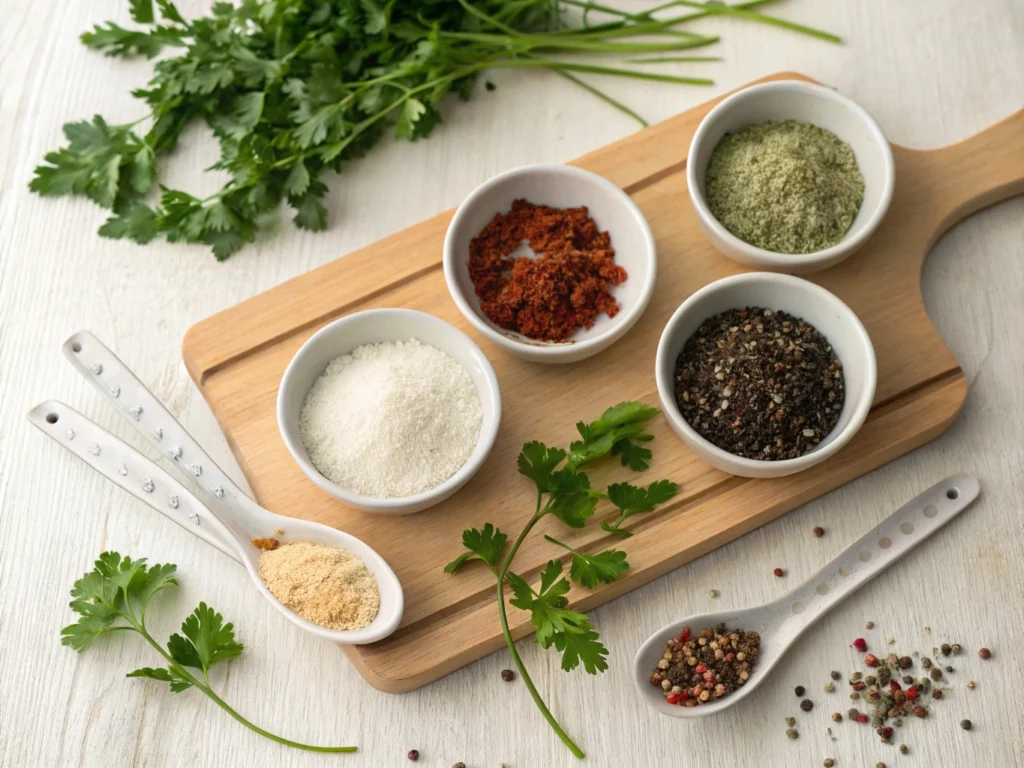
Detailed List of Ingredients for Philly Cheesesteak Seasoning
To create this Philly cheesesteak seasoning blend, you will need the following:
- Salt (1 tablespoon)
- Garlic powder (2 teaspoons)
- Onion powder (2 teaspoons)
- Dried thyme (2 teaspoons)
- Dried parsley (2 teaspoons)
- Ground black pepper (1 teaspoon)
- Red pepper flakes (1 teaspoon)
Though these spices may seem ordinary, they form a powerful mix when combined in the right amounts. Moreover, these ingredients are typically found in most pantries, ensuring that you can whip up this blend at a moment’s notice.
Each Spice’s Role
- Salt: Salt is foundational because it helps bring out the natural flavors of the meat and other ingredients. Therefore, start with this essential base.
- Garlic Powder: This adds savory depth and a pungent kick. In addition, it complements onion powder by giving the seasoning a rounder, more robust taste.
- Onion Powder: Onion powder supplies a sweet and earthy element that underscores the sandwich’s iconic caramelized onions.
- Dried Thyme: Thyme adds a subtle, earthy, and slightly minty note. Consequently, it helps balance heavier flavors like beef and cheese.
- Dried Parsley: Parsley contributes a mild, fresh aroma, brightening the seasoning.
- Ground Black Pepper: Black pepper adds gentle heat and a comforting warmth. Thus, it works well alongside the sharper kick of red pepper flakes.
- Red Pepper Flakes: These supply an extra pop of spice and color. Nevertheless, you can reduce them or omit them if you want less heat.
Quality of Ingredients for the best Philly Cheesesteak Seasoning
Quality matters when it comes to spices. Therefore, choose vibrant, aromatic spices that are as fresh as possible. If your garlic powder or thyme smells faint or looks dull, it might be time to replace it. In addition, to save money and ensure freshness, you can buy spices in bulk from reputable sources. Many home cooks recommend shopping at Asian or Mexican markets, because prices often are lower and turnover is higher, meaning you are more likely to find fresher items. For more detailed insights on storing spices, you can check out spice storage tips.
Variations and Substitutions
On occasion, you might run out of one herb or decide you prefer a slightly different flavor. In such cases, feel free to substitute dried oregano for thyme if that suits your tastes. Or, you might swap paprika for red pepper flakes if you want a different kind of warmth. Moreover, you can experiment with coarsely ground black pepper for a bolder presence. The goal is to adapt this base recipe to your own liking.
Where to Buy
Your local supermarket likely carries the spices needed. However, if you want to explore a broader range of spice options, visit international markets or buy online from reliable brands with positive reviews. Many cooking enthusiasts also rely on well-known sites such as Serious Eats for advice on which spices pair well with specific types of meat. Regardless of where you purchase, remember that freshness is key to a standout seasoning blend.
Step-by-Step Guide to Making the Philly Cheesesteak Seasoning
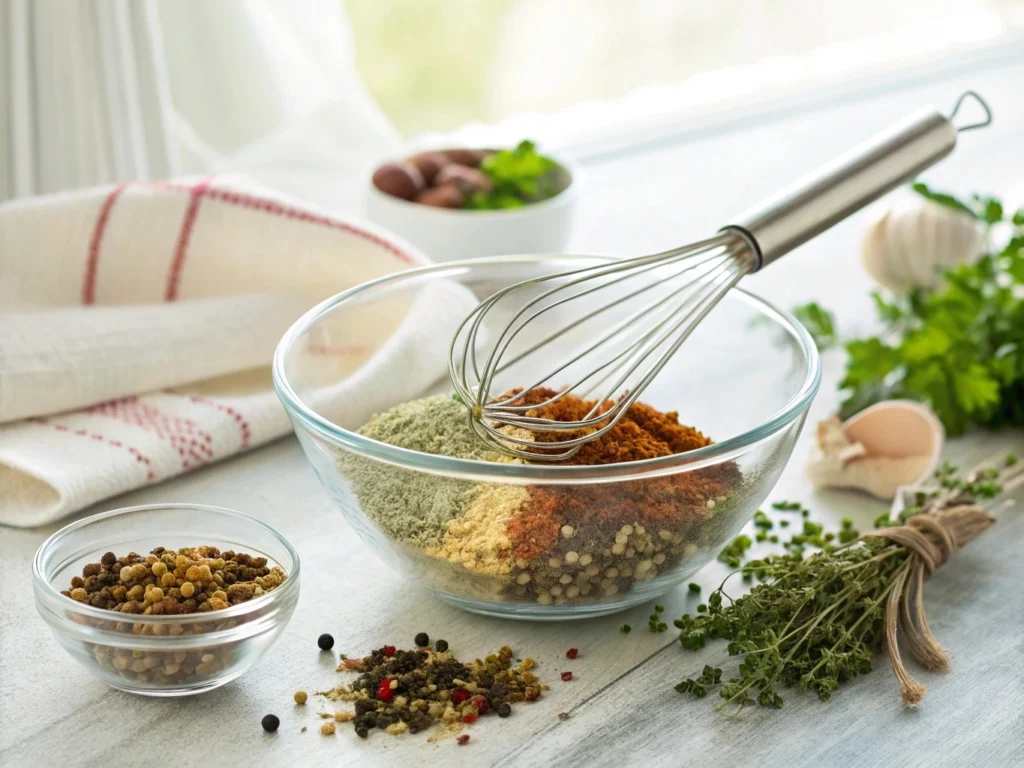
Tools and Equipment
Before diving in, gather these items:
- A medium bowl
- Measuring spoons
- A whisk or spoon
- An airtight container (preferably glass or ceramic)
Detailed Instructions to make Philly Cheesesteak Seasoning
- Measure the Spices: First, collect each spice in its correct amount. As you measure, be sure to use level teaspoons or tablespoons for accuracy.
- Combine in a Bowl: Then, transfer all spices into a medium bowl.
- Whisk Gently: Next, whisk everything until it is evenly distributed. In addition, visually check to make sure the red pepper flakes and herbs are scattered throughout.
- Transfer to Storage: Carefully pour or spoon the mixture into an airtight container. Glass jars work best because they do not retain odors, and they protect the seasoning from light and moisture.
Visual Aids
If you like step-by-step visuals, you might find it helpful to take photos at each stage or watch a short demonstration. On the other hand, if you prefer a quick overview, the instructions above might suffice. Having a clear, concise approach usually helps keep your kitchen counters neat and tidy.
How to store Philly Cheesesteak Seasoning
Proper storage can extend the life of your seasoning. Therefore, place the jar in a cool, dark area such as a pantry or cupboard away from your stove. Heat and sunlight can degrade the quality of your spices over time. Moreover, be aware that some metal containers can react with certain spices and alter their flavor. Thus, a glass or ceramic container is often the best choice.
Labeling
Attach a small sticker or write on a label indicating the name of the blend and the date you made it. Consequently, this will help you keep track of freshness. While many ground spices remain usable for up to a year, they gradually lose flavor over time.
Tips for Maintaining Freshness
- Check Expiration Dates: Before you begin, confirm the expiration dates of individual spices.
- Shake the Container: Give the jar a gentle shake before each use to prevent clumping and keep the spices evenly mixed.
- Use Clean Spoons: Always use clean, dry measuring spoons to avoid introducing moisture into the container.
How to Use This Philly Cheesesteak Seasoning
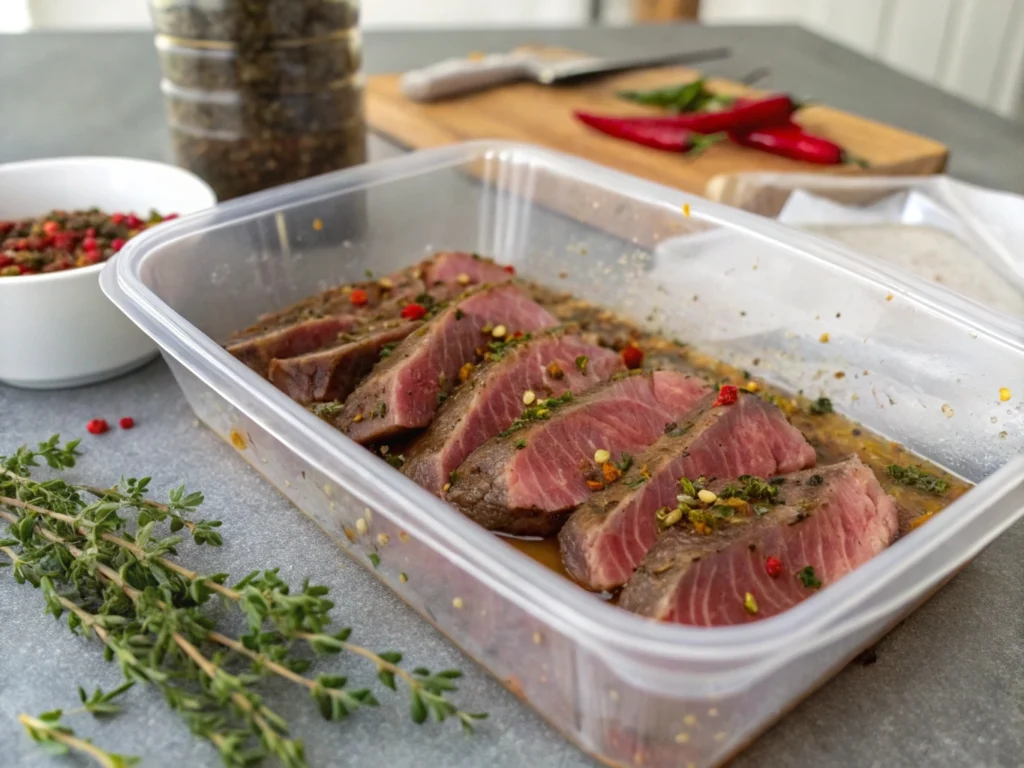
On Steak
If you are crafting a classic Philly cheesesteak, this seasoning is a must. To begin, slice your steak thinly—many experts recommend ribeye for the most authentic taste, although sirloin also works well. Then, sprinkle about 2 to 3 tablespoons of seasoning per pound of meat. On the other hand, you can adjust the amount based on how intense you want the flavor to be. Rub it evenly over the slices, and let it sit for a few minutes before cooking. Consequently, the flavor will soak into the meat, resulting in a delicious end product.
Making a Marinade
For an even deeper infusion of flavor, consider turning your dry seasoning into a marinade. To do this, mix a few tablespoons of the spice blend with olive oil, then add a splash of lemon juice or a bit of vinegar if you like an extra tang. Therefore, the marinade will penetrate the beef more thoroughly. Place the seasoned steaks in a resealable plastic bag or a covered dish, then refrigerate. According to guidelines found on the National Chicken Council’s marinade tips, you can marinate meat anywhere from 30 minutes to overnight, depending on your schedule and the cut of meat. Similarly, these same guidelines apply to beef, though you might consider marinating it for at least an hour to build flavor.
Seasoning Other Meats
Although this blend is tailored for beef, it also works on other proteins. If you plan to grill pork chops, rub some seasoning on both sides before placing them on the grill. Furthermore, for chicken breasts, marinate them in this blend combined with olive oil and perhaps a little lime juice. Consequently, you get a robust flavor that pairs nicely with rice, potatoes, or grilled vegetables.
Enhancing Vegetables
Do not limit this seasoning to just meat. In fact, it can turn ordinary vegetables into savory delights. For instance, toss bell peppers and sliced onions in a tablespoon of the blend alongside a drizzle of oil before roasting. Thus, you can create a flavorful topping for sandwiches or a simple side dish. Another option is to sprinkle it on potatoes before baking or air-frying them, resulting in a crisp, seasoned crust.
Perfect for Soups and Stews
Adding a teaspoon or two of this seasoning to soups, stews, or chili can boost complexity. In addition, if you love one-pot meals, try making a Philly Cheesesteak Stew by combining tender beef chunks, onions, bell peppers, and a little cream cheese for richness. As it cooks, the seasoning will meld with the broth and vegetables, creating layers of comforting flavor. You can also adapt the seasoning to chicken-based soups for a satisfying twist.
Snacks and Sides
Besides main dishes, consider sprinkling this seasoning on snacks like popcorn or roasted nuts. The aromatic notes of thyme and parsley will surprise your taste buds in the best way possible. Furthermore, you can shake it over french fries or tater tots for an instant upgrade. On the other hand, if you want something more sophisticated, try blending a spoonful into softened butter. Then, spread that butter on crusty bread for a quick gourmet treat.
International Twists
Although Philly cheesesteaks are an American staple, the flavors in this seasoning pair well with other cuisines. For example, add it to fajita filling for a tasty Mexican-inspired dish, or sprinkle some on top of a pizza to give it a subtle herb-and-spice layer. Meanwhile, you could also experiment by mixing it into Italian-style sauces or meatballs for a fusion spin. Ultimately, the possibilities are endless.
Encouraging Experimentation
Remember, you are in control of the flavor. If you want more heat, add extra red pepper flakes or even a pinch of cayenne. If you prefer savory notes, increase the garlic and onion powders. Therefore, do not hesitate to tweak the seasoning until it suits your palate perfectly. Over time, you may discover new ways to integrate it into your favorite recipes.
Customizing Your Philly Cheesesteak Seasoning
Adjusting the Heat
If you love your Philly cheesesteaks fiery, increase the red pepper flakes or include a bit of cayenne pepper. Conversely, if you want a milder taste, reduce or omit the red pepper flakes entirely. Therefore, controlling the heat is simple with homemade blends.
Controlling Salt
Salt can be a contentious ingredient in any dish. Thus, if you are watching your sodium intake, you can cut the salt in half or use a salt-free alternative. Additionally, consider using kosher salt or sea salt for a slightly different taste and texture. On the other hand, if you find that you need more salt after cooking, you can add it gradually to avoid oversalting.
Adding Herbs
While thyme and parsley are mainstays, you can always incorporate oregano, basil, or rosemary for an herbal variation. Consequently, these additional herbs can shift the flavor profile and make the blend more versatile. For instance, rosemary might pair exceptionally well if you are using this seasoning for roasted potatoes or lamb.
Introducing Aromatics
Another idea is to bring in smoked paprika or dried chives for added complexity. Therefore, if you love smoky undertones, paprika is your friend. Meanwhile, dried chives can amplify onion flavors without being overpowering. Always keep in mind that a little goes a long way with these additions.
Exploring Different Flavor Profiles
Think about your favorite global cuisines. Then, pick the aspects you enjoy and see if you can weave them into your Philly cheesesteak blend. Whether it is a hint of cumin for some Middle Eastern flair or a sprinkle of coriander for a bright, citrusy note, you can elevate the seasoning into something truly unique.
Personal Preference Reigns Supreme
Ultimately, the beauty of a homemade blend lies in its adaptability. If you make a small batch first, you can test it out and fine-tune the proportions. Therefore, never hesitate to experiment until you find the exact flavor balance that keeps you coming back for more.
Recipes Using the Philly Cheesesteak Seasoning
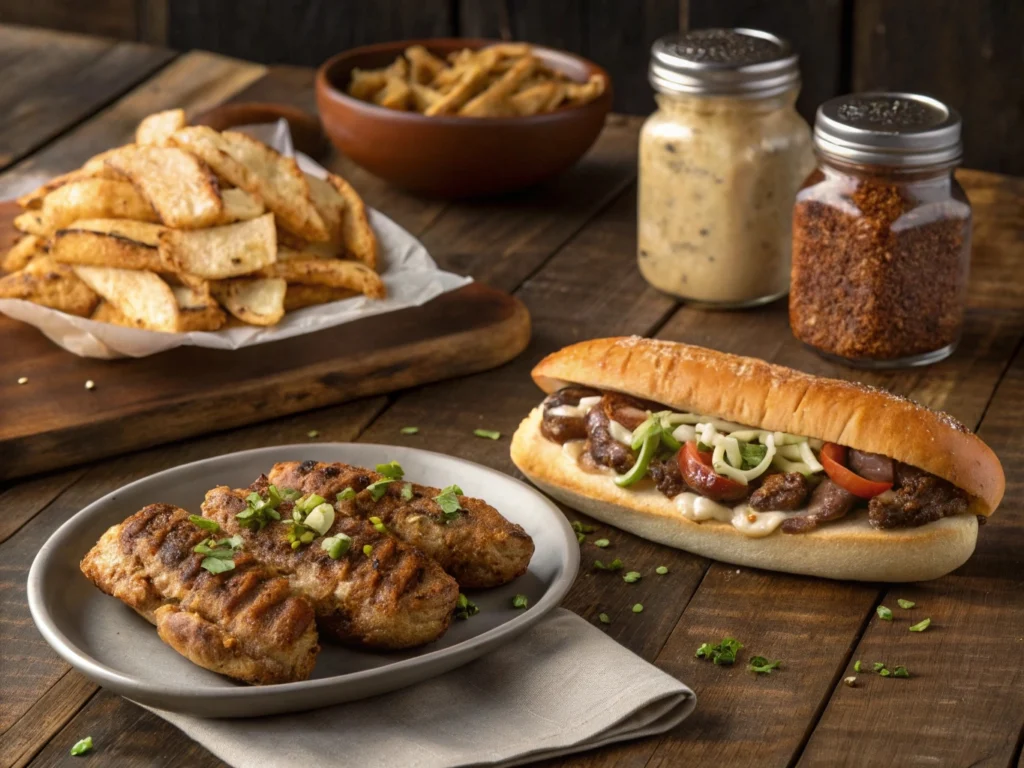
Classic Crockpot Philly Cheesesteaks
One of the easiest ways to enjoy a hearty meal is by making a crockpot Philly cheesesteak. First, slice your steak and onions, then place them in the crockpot. Next, sprinkle in a few tablespoons of your homemade seasoning. Add beef broth or water to help distribute the flavors. Then, let everything simmer on low for several hours until the meat becomes tender. Finally, assemble your sandwich with melty cheese and sautéed peppers on a soft roll.
Grilled Herb-Rubbed Pork Chops
For a lighter alternative to beef, rub pork chops with a few teaspoons of your Philly cheesesteak seasoning. Then, grill them over medium-high heat for about 4 to 5 minutes per side, depending on thickness. Meanwhile, you can prepare a side of roasted vegetables to round out the meal. Consequently, you will be amazed at how the herbs and spices elevate the flavor of everyday pork.
Easy Oven-Baked Chicken Bites
Cut boneless chicken breasts or thighs into bite-size pieces, then toss them in a bowl with olive oil and a generous sprinkle of your seasoning. Spread them out on a baking sheet lined with parchment paper and cook at 400°F (200°C) for about 15 to 20 minutes, or until the chicken reaches an internal temperature of 165°F (74°C). Therefore, you end up with succulent chicken bites perfect for dipping or adding to salads and wraps.
Philly Cheesesteak Stew
If you love hearty soups, this stew is a must-try. Brown pieces of beef in a large pot, then add onions, bell peppers, and a couple of tablespoons of your spice blend. Pour in beef broth or stock and let it simmer until the meat is tender. Toward the end of cooking, stir in a little cream cheese for an extra creamy texture that echoes the cheesesteak’s signature flavor. Consequently, you will have a comforting dish perfect for cold nights.
Sheet-Pan Cheesesteaks
For a simple, hands-off approach, slice your steak, onions, and bell peppers, then spread them on a sheet pan. Drizzle with oil, sprinkle the Philly cheesesteak seasoning over everything, and toss gently. Bake at 400°F (200°C) for roughly 15 minutes, checking to make sure the steak is cooked to your preferred doneness. Top with slices of provolone cheese for the last few minutes to let it melt. Finally, spoon the mixture onto toasted rolls and enjoy.
Marinade-Based Chicken Dish with Roasted Veggies
In a shallow dish, mix 2 tablespoons of your seasoning blend with ¼ cup olive oil. Then, add boneless chicken breasts or thighs, coating them evenly. Allow them to marinate for at least 30 minutes. Meanwhile, prepare a tray of chopped zucchini, bell peppers, and onions. Place the veggies on one side of a baking sheet. On the other side, arrange the marinated chicken. Roast at 375°F (190°C) for about 25 minutes or until the chicken is fully cooked. Consequently, this one-pan meal is both convenient and packed with flavor.
Conclusion
In summary, mastering a homemade Philly cheesesteak seasoning can transform your sandwiches, soups, and everyday meals. By combining fundamental pantry staples salt, garlic powder, onion powder, thyme, parsley, black pepper, and red pepper flakes you create a balanced mix that highlights the delicious essence of the classic sandwich. Moreover, you can adjust the salt, heat, and herbs to suit your personal taste. Therefore, I encourage you to try this seasoning in your own kitchen and discover new recipes that benefit from its savory goodness.
Have fun experimenting, and feel free to share photos or feedback. After all, cooking is a journey that becomes more enjoyable when you can tailor each recipe to your exact preference.

